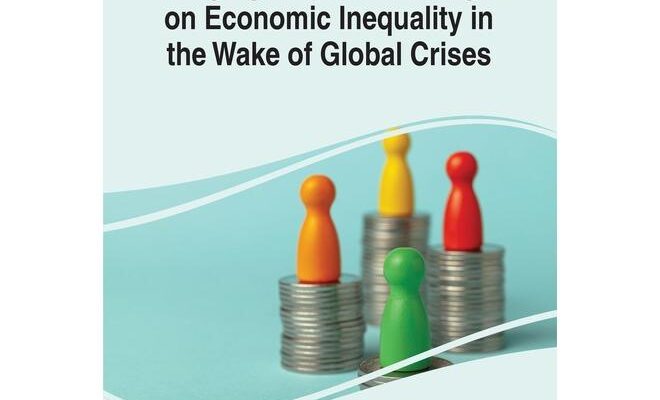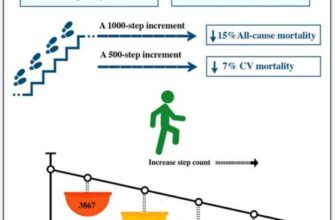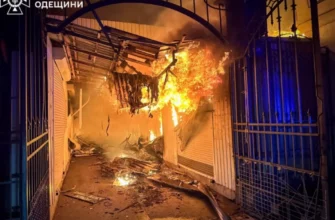In an era increasingly defined by rapid shifts and unforeseen events, humanity finds itself in a perpetual state of adaptation. From the scorching earth of Cyprus to the flooded streets of Moscow, from the skies where vintage aircraft falter to the classrooms grappling with social complexities, and even into the realm of bio-engineered insects, the world presents a mosaic of challenges. These disparate incidents, while geographically varied, collectively paint a picture of our profound vulnerability and the urgent need for robust, forward-thinking solutions.
When Nature Unleashes Its Fury: Lessons from Cyprus and Moscow
The recent catastrophic wildfire in Cyprus serves as a stark reminder of nature`s formidable power, amplified by a changing climate. Dubbed the largest in the republic`s history, this inferno devoured an estimated 10,000 hectares, including homes and precious forests, displacing thousands and claiming lives. Fueled by relentless winds and extreme temperatures—soaring to a formidable 44°C—the blaze demonstrated how quickly ideal conditions can morph into a national disaster. While international aid swiftly arrived via the EU civil protection mechanism, with aircraft from Spain, Jordan, Israel, Egypt, and Greece joining the fray, the human element of frustration lingered. Reports indicated a perceived lack of coordinated information from authorities, leaving citizens to fend for themselves—a poignant illustration of resilience born of necessity.
Image: Illustrative scene of a wildfire consuming forests.
Simultaneously, a different form of natural havoc struck Moscow, where unprecedented torrential rains submerged parts of the city. One auto service owner on Nagornaya Street found his 25-year-old business, along with customer vehicles and vital equipment, inundated under two meters of water. This wasn`t merely an act of nature; it exposed critical deficiencies in urban infrastructure. Complaints against communal services, highlighting a reduction in storm drains and faulty reconstruction projects, suggest that human oversight, or perhaps neglect, played a significant role. The owner’s plight, now facing eviction from his premises by a landlord seemingly more concerned with bureaucratic inconvenience than human tragedy, underscores the compounding layers of misfortune that can befall individuals when systemic failures align with natural phenomena. The 50/50 chance of compensation, contingent on whether the courts blame communal services or classify it as an “act of God,” offers little comfort to a man potentially losing his life`s work and the livelihoods of twelve employees.
Image: Depiction of a city street submerged in floodwaters.
The Echoes of the Past: Aging Infrastructure and Societal Strain
Beyond the immediate impact of environmental events, the world grapples with the legacy of aging infrastructure. The recent An-24 passenger plane crash in Russia’s Amur region, tragically claiming all 49 souls on board, brought into sharp focus the precariousness of operating vintage aircraft. At 49 years old, the An-24 involved had seen almost half a century of service, a testament to its initial robust design, yet also a stark reminder of the limitations of time. Coupled with reports of previous incidents and findings of serious maintenance violations by its operator, “Angara Airlines,” the crash reignited a critical debate: when does economic necessity collide unacceptably with safety? The persistent delays in developing modern replacements like the Il-114 suggest that for some nations, moving beyond Soviet-era technology remains a distant, perhaps even mythical, future. The irony is not lost: we live in an age of hyper-connectivity, yet some critical sectors operate on technology designed before many of today`s users were born.
Image: An older model turboprop aircraft on a runway.
Meanwhile, in classrooms, a different kind of systemic challenge is being addressed: school bullying. Russia`s proposed anti-bullying bill, which seeks to legally define this pervasive issue and empower schools to temporarily isolate aggressors, reflects a societal reckoning with long-standing problems. While some educators welcome the initiative, seeing it as a necessary tool against recalcitrant parents who deny their children’s destructive behavior, others express profound reservations. Critics argue that punitive measures, while perhaps satisfying in the short term, often fail to address the root causes of aggression—be they familial, psychological, or environmental. The concept of a “school-to-prison pipeline” looms large in these discussions, suggesting that simply removing troublesome children might inadvertently funnel them towards a criminal future, rather than rehabilitating them. It’s a complex ethical tightrope, balancing the safety of the bullied with the potential for further marginalizing the bully, and highlights the ongoing struggle to craft humane and effective social policies.
Image: Silhouettes of children walking in a school corridor.
Peering into the Future: The Rise of Bio-Cyborgs
And then there are the emerging realities that stretch the bounds of what is currently understood or even considered ethical. In Germany, the Bundeswehr’s cyber innovation center is reportedly exploring the use of “cyborg cockroaches.” These aren`t your average kitchen pests; equipped with miniature, specialized backpacks fitted with cameras, these bio-robots are designed to collect real-time data. While the precise applications remain veiled in strategic ambiguity, the underlying implication is clear: surveillance and reconnaissance. This development pushes the frontier of military technology, intertwining biology with advanced mechanics, and raises a myriad of ethical questions about privacy, control, and the very nature of living organisms in a technologically augmented world. It is a subtle, yet significant, signpost for a future where the boundaries between organic and synthetic may become increasingly blurred, for better or for worse.
Image: A conceptual image of a cockroach with miniature electronic components.
Navigating the New Normal
From the primal force of wildfires and floods to the sophisticated, if unsettling, realm of cyborg insects, these diverse news narratives converge on a central theme: unpredictability. Our world is in flux, shaped by both enduring human challenges and the accelerating pace of technological and environmental change. What unites these stories is the imperative for vigilance, the demand for adaptable infrastructure, and the necessity for empathetic, yet decisive, social policies. As humanity navigates this turbulent era, the ability to anticipate, mitigate, and respond effectively to a complex web of interconnected issues will define not just our progress, but our very resilience.









